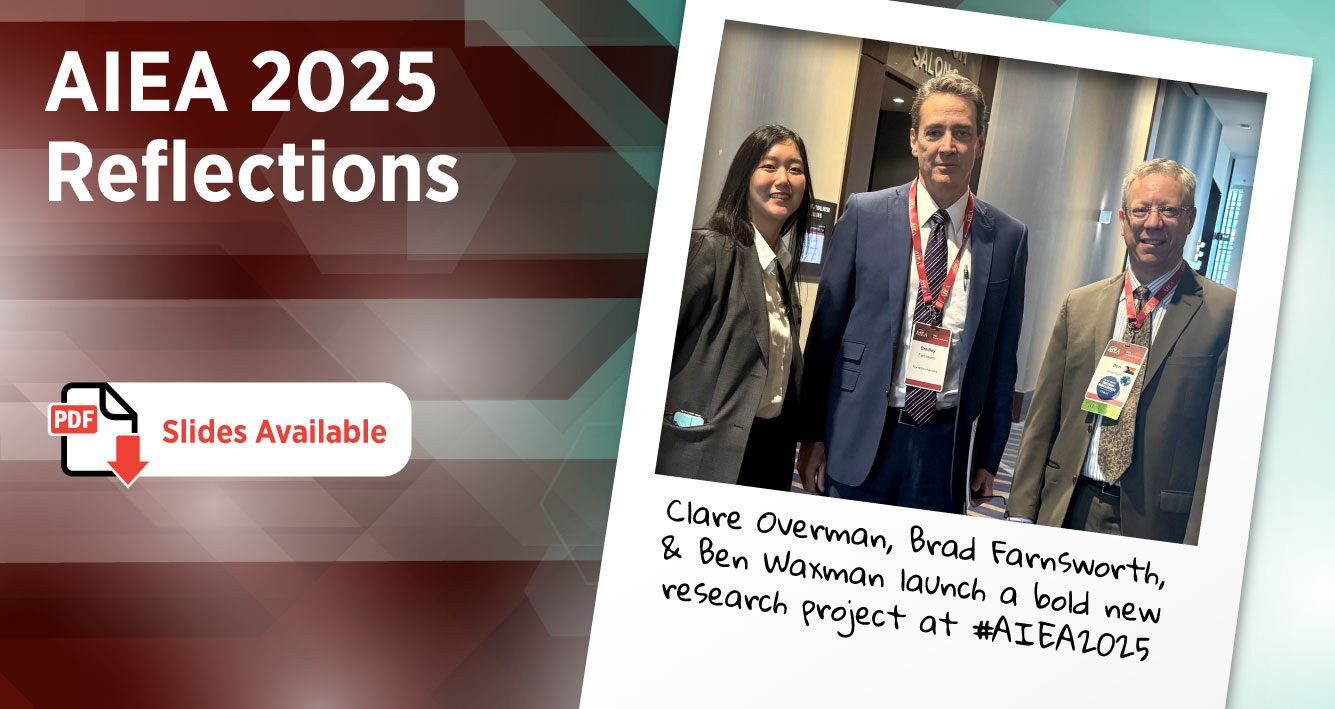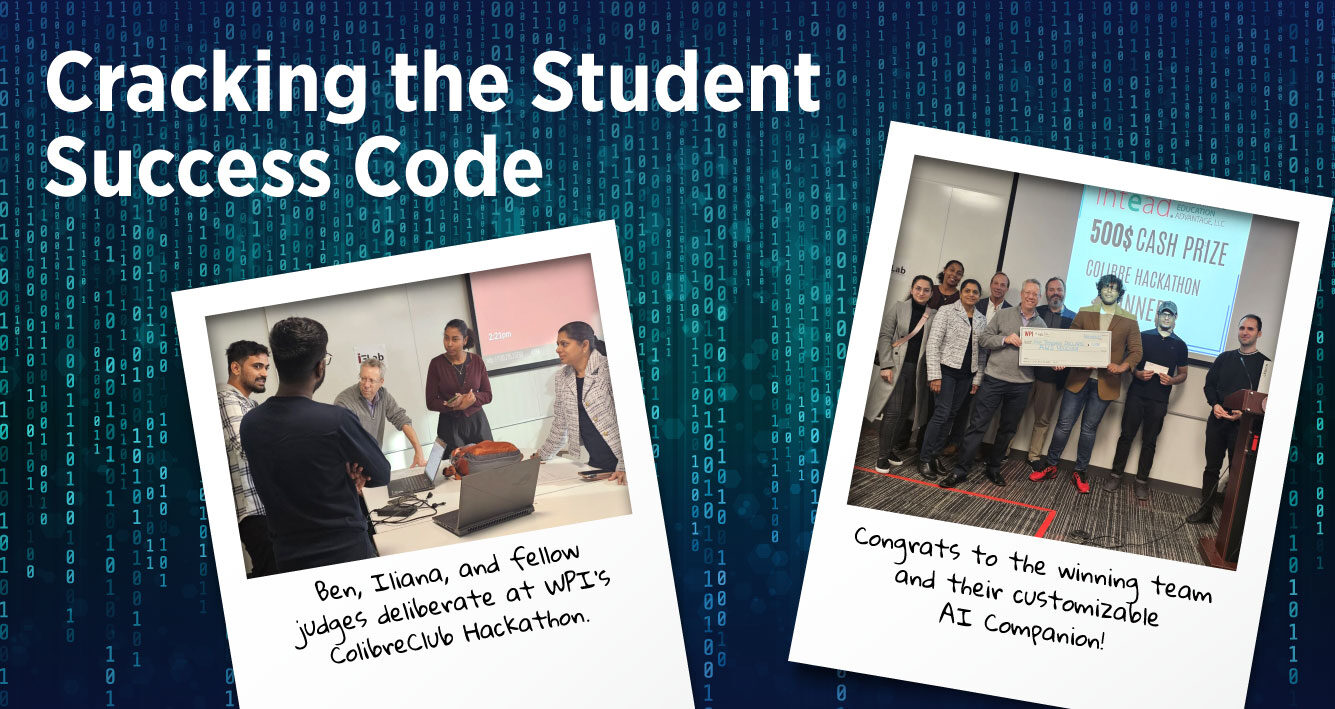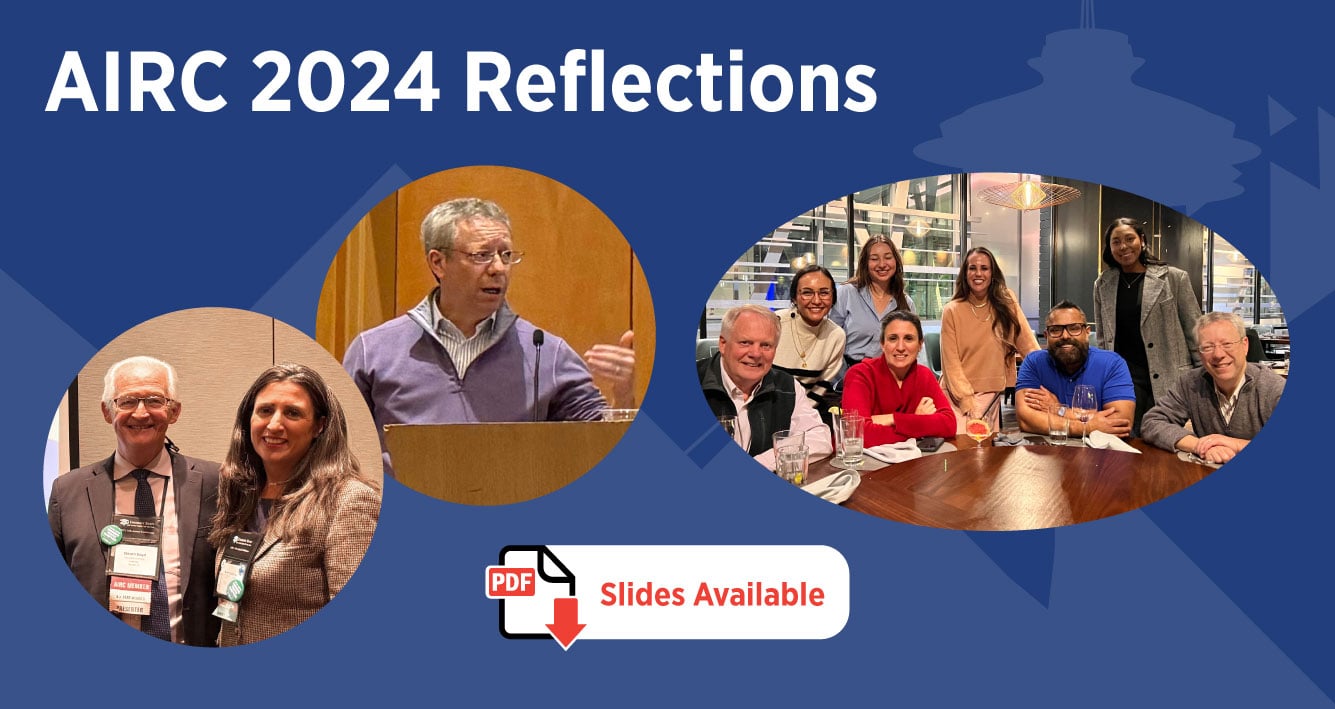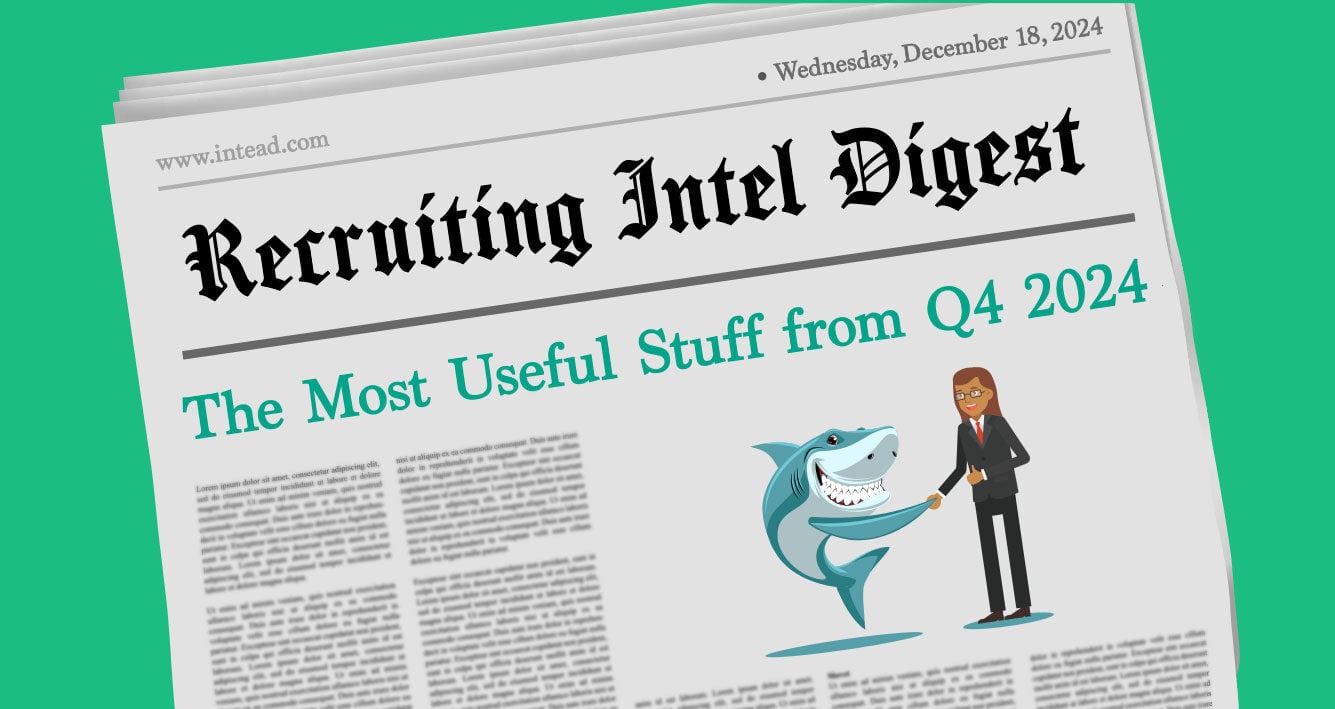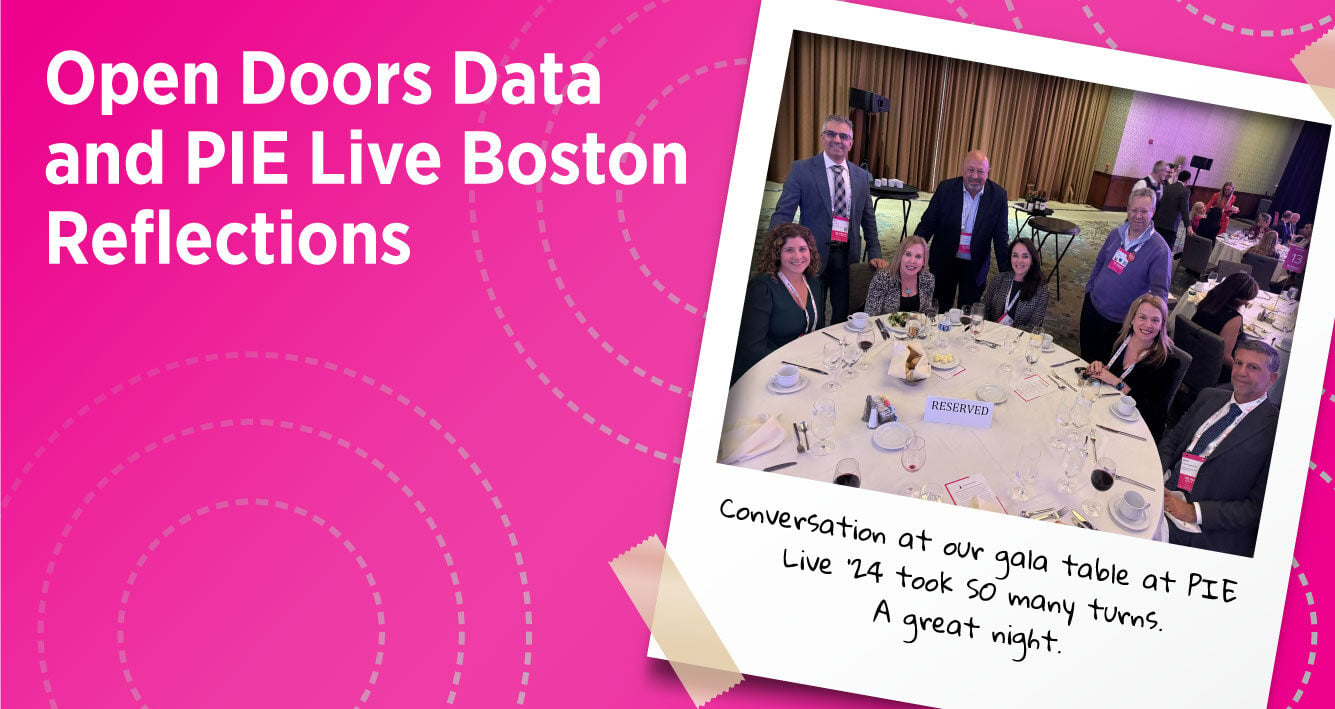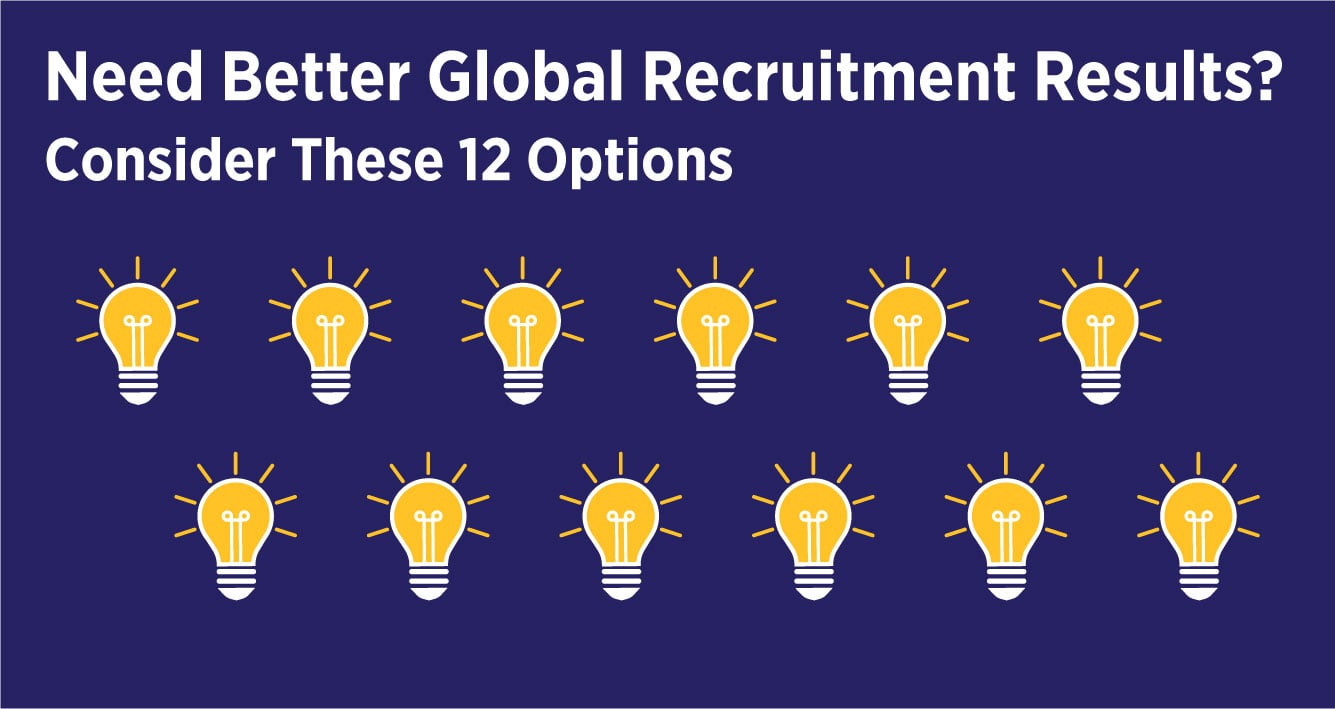This we know: this is a time to prepare, as in, think 5 years out. #PIELIVE24 in Boston brought industry leaders together as we all move toward the next Trump presidency. Challenging travel and visa regulations will be headed our way. Join us in developing the plans that focus on the international students we support and the progress we need for everyone in this field.
We have work to do.
As one fearless leader, Fanta Aw, said in a recent NAFSA town hall, “We’re not allowed to be tired!” The Intead team found this rallying cry inspiring. Of course, we are tired. It has been a long year. Nevertheless, we all need to pick ourselves up, face forward, and use all the power we can muster to support the changes we know are worth it.
Kicking off the PIE event in Boston, Miriam Feldblum, executive director of the Presidents’ Alliance on Higher Education and Immigration, pointed to the need to build on our collective strength to find a clear, unified voice. She asked us to use that voice to bolster our individual work and to serve as the foundational support our allies in Congress need from us so that they can ensure the US remains a strong, safe, desirable destination for international students.
If you are looking for enrollment growth in the current environment, you'll find a Pro Tip at the end of this post you really don't want to miss!
Opportunities to Meet the Intead Team
- AIEA in March and NAFSA in May, we'll be presenting our latest findings at both. Let us know if you want to connect at either of those two events.
Bookmark this: Intead’s Resource Center
Access 800+ articles, slides decks, reports with relevant content on any topic important to enrollment management and student recruiting. Check it out.
PIE Live Boston wasn’t all politics and regulatory hurdles, though. The rising potential of Africa as a student source market, building trust on campus, university partnerships, and the value of US degrees were all hot topics. Intead’s presentations focused on how to read the latest IIE Open Doors data and our Connecting Dots research about career outcomes for international students. If you’ve not downloaded that yet, find it HERE.
I was honored to share the main stage to foster discussion around the hot-off-the-press IIE student mobility numbers with esteemed colleagues Clare Overmann, CEO of AIEA; John Sherman, CEO of The Evaluation Company; and Maureen Manning, senior vice president of strategy and insights for The PIE, US, who did a truly deft job moderating the discussion.
A clear-eyed look at the new Open Doors data at PIE Live ‘24.
A key insight from that presentation: as the number of students desiring an international education grows globally, and given the fact that a growing number of them will have less money to spend on that education (see discussion below), lesser expensive degree options are going to attract more students.
Your To Do: make a strategic decision about whether you want to:
- Offer less expensive options (think certificates, scholarships, accepting more credits from prior activities to reduce time (and cost) to completed degree, among other options) OR
- Develop stronger value propositions that make your institution stand out as worth the higher cost.
Changing global dynamics have pushed the Intead team to focus our recent research on unearthing real data on international student career outcomes. We will be doing more research on the topic in the months ahead. Reach out if you’d like to be a part of it. We’ll also be presenting on this topic at AIEA and at NAFSA in 2025. We hope you’ll join us at those sessions and participate in the discussion.
At PIE LIVE Boston we were joined by Kerry Salerno, vice president of marketing and communications at Babson College, and Andrew Chen, CEO of F1 Hire,for another presentation oncareer pathways available to international graduates. Standing room only for that session as institutions are clearly getting the message about arming prospective students with useful career outcome data.
In total, the event brought together 330 colleagues from 25 countries. Since many of you (our faithful readers) were not there, we thought we would bring a bit of the conference to you. Read on to access Intead slides from our sessions on the new Open Doors data as well as career outcomes for F1 students.
Read More


